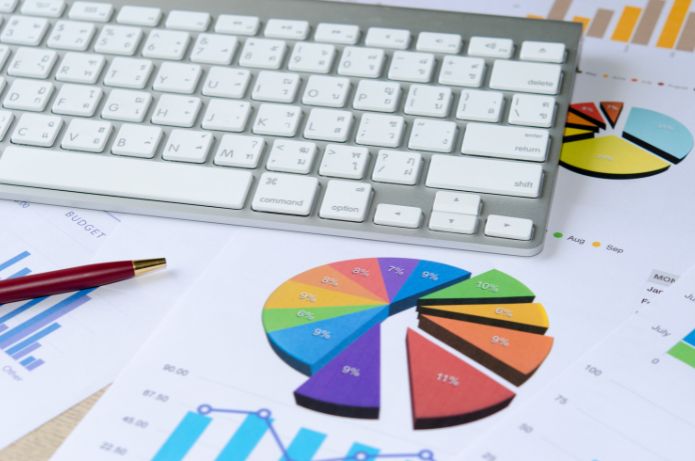Influencer marketing is part of reality, and has ceased to be a complementary strategy to become one of the central pillars in campaigns of major brands. However, while creators are consolidated as spokespersons of brands and products, the challenge of measurement persists, making it difficult to efficiently understand the results of these actions.
According to a survey conducted by BrandLovrs, a Brazilian platform that connects creators to large advertisers, 95% of companies say that working with creators is a key part of their marketing strategy, but measuring the return on investment (ROI) in campaigns with creators is still a point of attention for 29% of companies 29%.
“With increasingly lean budgets and the pressure for tangible results growing, CMOs are rethinking how to assess the impact of creators. Measurement goes far beyond likes and views. In the future, the most relevant metrics will be directly linked to the impact on sales, consumer behavior and brand building in the long term. Our research points out that 38% of brand managers already realize how technology facilitates the evaluation of campaigns with creators, and there is enormous potential for this technological integration to evolve even more”, explains Rapha Avellar, CEO and founder of BrandLovrs.
Next, the expert in campaigns with creators highlights the main trends and tools that CMOs need to master to ensure expressive results and not lose relevance in the market.
- Enough vanity metric: the real impact across the funnel
In the past, many influencer campaigns were measured solely by vanity metrics such as likes, views, and number of followers. However, Avellar explains that there is an evolution of the market to move away from these superficial metrics and focus on the tangible impact across the sales funnel.This includes measuring direct actions such as clicks, leads generated, conversions, and brand awareness.
- The era of granular ROI and real-time data analysis
Measurement of ROI (Return on Investment) has never been more essential. Real-time analytics tools are allowing CMOs to have an accurate view of the performance of their campaigns with creators, adjusting strategies in an agile and effective way. “The future goes through a granular approach, where each content creator can be evaluated in terms of performance, engagement and even influence on sales, with continuously updated data”, he adds.
- Omnichannel measurement: from social network to point of sale
Another emerging trend is the ability to measure the influence of creators in an omnichannel way. “Brands are increasingly connecting their influence campaigns to various consumer touchpoints, from social networks to e-commerce and the physical point of sale. CMOs who understand how to map this journey in an integrated way will have a considerable competitive advantage”, says Avellar.
- The power of nano and micro creators in niche measurement
While big influencers continue to attract the attention of brands, it is nano and micro creators that are transforming measurement into a field of precision. These creators, with smaller audiences, often have deeper and authentic engagements, making measurement more direct and accurate. BrandLovrs, which makes on average a pay per minute for this profile of creators, demonstrates how targeted campaigns can bring measurable and impactful results.
- Artificial intelligence and machine learning in influence measurement
Finally, Avellar points out that the incorporation of artificial intelligence and machine learning is already revolutionizing the way influencer marketing campaigns are measured. These technologies analyze large volumes of data and detect patterns that would be invisible to the naked eye.CMOs that begin to explore these tools will be able to predict engagement trends, optimize investments and anticipate results.
“The future of measurement in influence requires CMOs to make a clear transition from superficial metrics to deep, multi-channel analysis.BrandLovrs, for example, uses advanced technology and the integration of content creators into marketing strategy, marketing leaders will be able to not only accurately measure the impact of their campaigns, but also optimize their investments continuously.BrandLovrs, for example, uses proprietary technologies to accelerate the process of campaigns with creators by up to 50%, allowing managers to make decisions based on robust data. Those who do not adapt to this new era of measurement risk losing relevance and competitiveness in the market.


